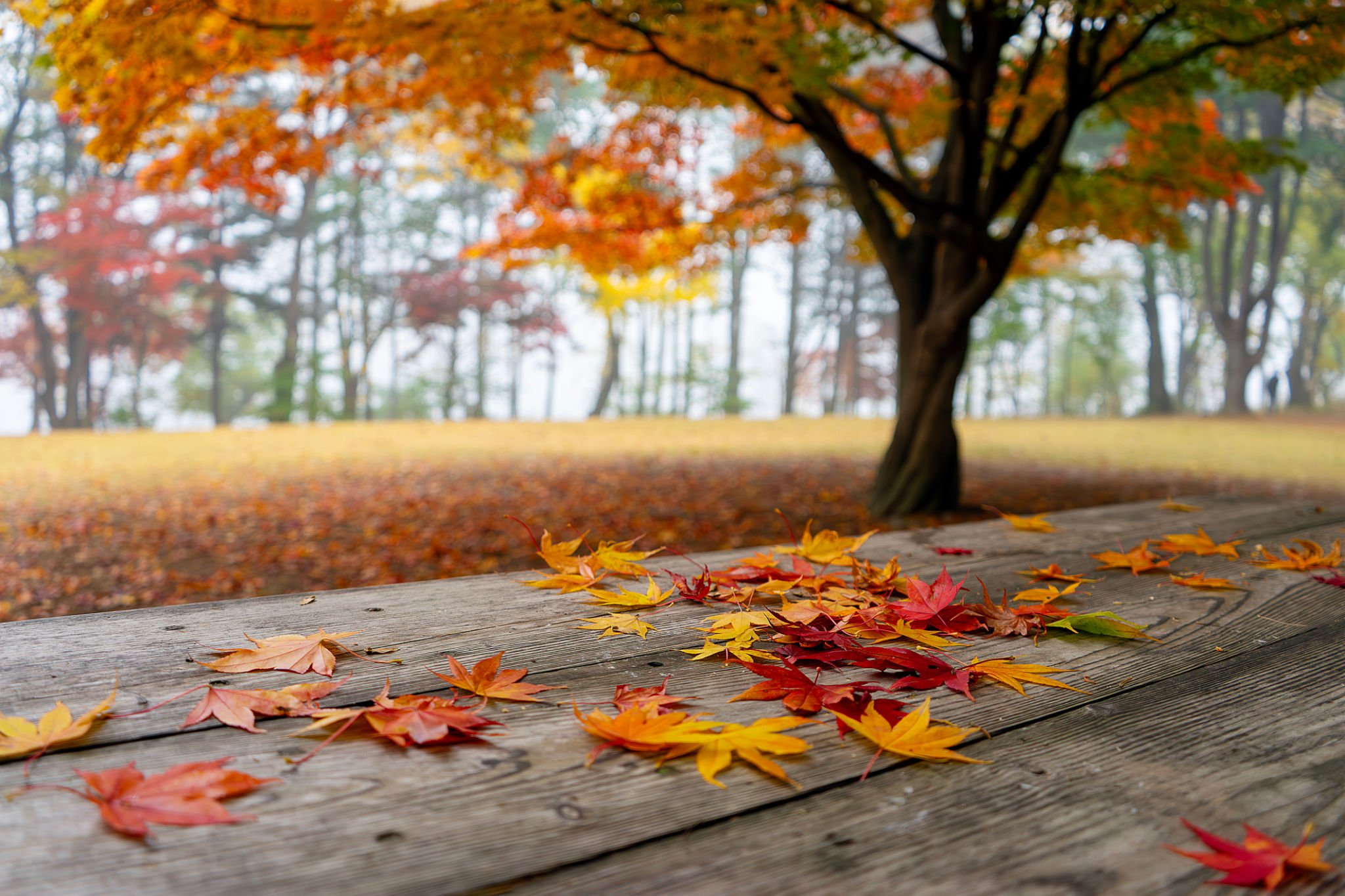The Impact of Seasonal Changes on Wilmington Lawns
Understanding Wilmington's Climate
Wilmington, North Carolina, is known for its distinct seasonal changes that have a significant impact on local lawns. The region experiences a humid subtropical climate, characterized by hot, humid summers and mild winters. These variations demand specific lawn care strategies to ensure lush, healthy grass year-round. The key to maintaining a vibrant lawn lies in understanding these seasonal shifts and adjusting your lawn care routine accordingly.

Spring: The Season of Renewal
Spring is a crucial time for lawn care in Wilmington. As temperatures rise and daylight increases, grass begins to emerge from its winter dormancy. This season marks the perfect time for fertilization to encourage robust growth. It's also important to start mowing regularly as the grass grows quickly during this period. Additionally, consider aerating your lawn to improve soil compaction and enhance root development.
Spring is also an ideal time for overseeding if your lawn has bare patches. This process helps fill in these areas and ensures a uniform look as the grass thickens. Be mindful of weeds during this time, as they can compete with grass for nutrients. Applying a pre-emergent herbicide can help prevent weed growth without damaging the new grass.
Summer: Coping with Heat and Humidity
Summer in Wilmington is characterized by intense heat and humidity, which can stress lawns. Proper watering becomes crucial during these months. It's best to water deeply and infrequently to encourage deep root growth. This approach not only conserves water but also makes your lawn more resilient during drought conditions.

Mowing practices should also be adjusted in the summer. Set your mower blades higher to leave grass taller, providing shade to the soil and reducing water evaporation. Additionally, be cautious about fertilizing during peak summer heat, as this can stress the grass further. Instead, focus on maintaining healthy soil through organic matter and compost top-dressing.
Fall: Preparing for Winter
As temperatures begin to cool in the fall, it's time to prepare your lawn for the upcoming winter months. Fall is an excellent time for aerating and dethatching the lawn to eliminate thatch buildup and improve water infiltration. Overseeding in the fall can also be beneficial, as cooler temperatures provide ideal conditions for grass seed germination.
Fertilization is another critical step during fall. Applying a balanced fertilizer helps strengthen roots and store nutrients, ensuring your lawn emerges strong in spring. Keep mowing as needed but gradually lower the mower height as growth slows down.

Winter: Lawn Dormancy and Care
During winter, lawns in Wilmington enter a state of dormancy, particularly warm-season grasses like Bermuda and Zoysia. While growth slows significantly, it's essential to continue some basic maintenance. Avoid excessive foot traffic on dormant lawns to prevent soil compaction and damage.
Winter is also a good time to clean up any fallen debris, such as leaves and branches, that could smother the grass if left over the winter months. Additionally, winter is an opportunity to plan for the upcoming year by evaluating what worked well and what could be improved in your lawn care routine.
Adapting Lawn Care Practices
The impact of seasonal changes on Wilmington lawns cannot be overstated. By understanding and adapting to these changes, homeowners can maintain beautiful, healthy lawns throughout the year. Remember that each season brings unique challenges and opportunities; by adjusting your care routine accordingly, you can ensure your lawn thrives despite the changing weather conditions.
Ultimately, investing time and effort into understanding and responding to Wilmington's seasonal shifts will lead to a lush, green lawn that enhances both the beauty and value of your home.